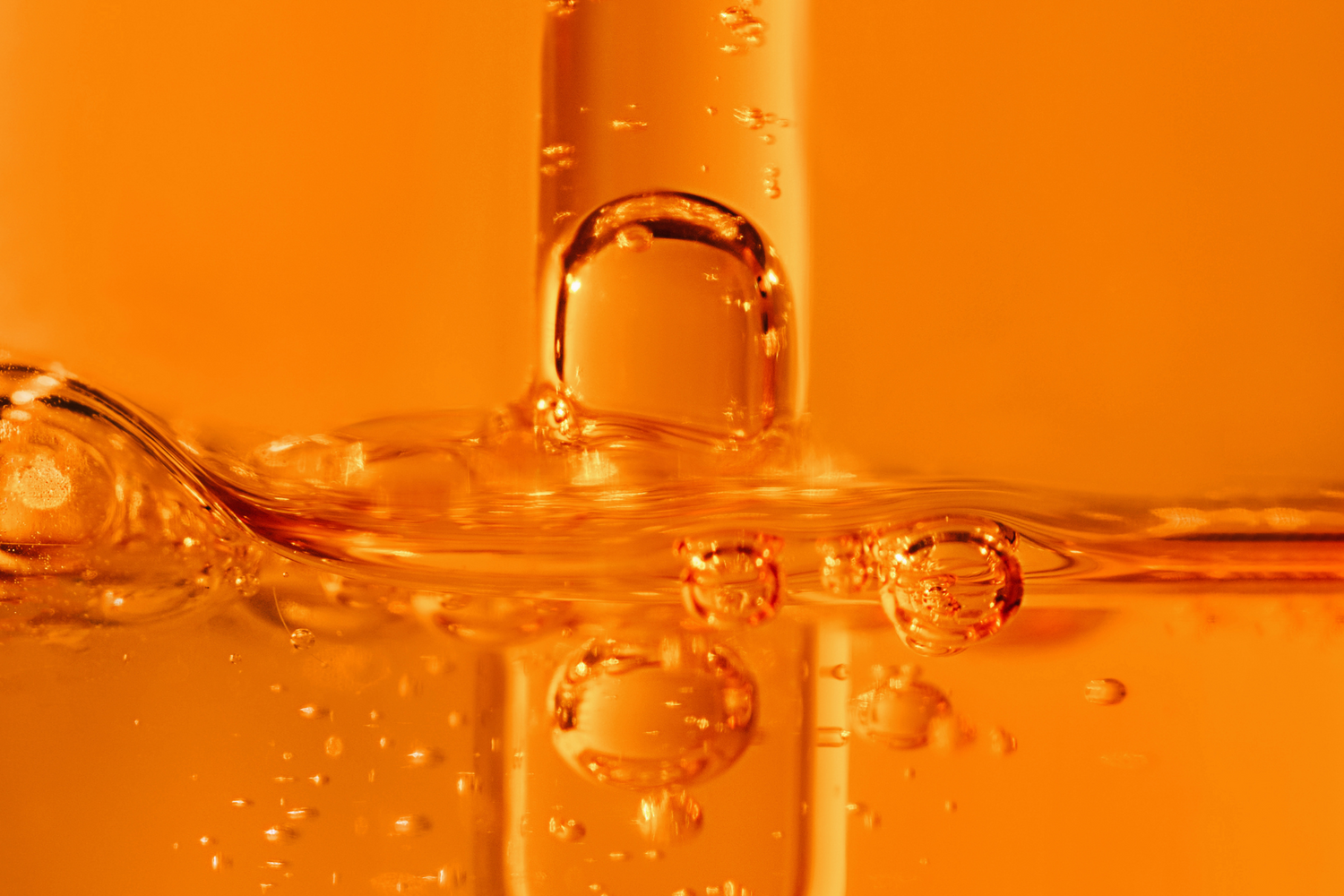The sun is a wonderful and powerful source of energy, but it can also be dangerous. Excessive exposure to the sun’s ultraviolet (UV) rays can cause skin damage, which raises the risk of developing melanoma—a type of cancer that begins in cells known as melanocytes.
It's important to remember that melanoma can happen to anyone, regardless of age, gender or ethnicity. Early detection is key for effective treatment and increased survival rates—which means it's critical for everyone to be aware of the signs and symptoms associated with this disease.
If you notice anything out of the ordinary on your skin, it's crucial to see a doctor as soon as possible for further evaluation. Skin exams can also be done at regular intervals by a dermatologist to identify any problem areas.
In addition to having regular check-ups with your doctor, there are some other important steps you can take to help reduce your risk of developing melanoma:
- Avoid direct sunlight during peak UV hours (10 am-2 pm) and wear protective clothing if necessary.
- Wear sunscreen with SPF 30+ when outdoors even on cloudy days.
- Check your skin regularly for any new or changing moles, freckles, or spots – which could be signs of melanoma. If you see something that worries you, contact your doctor right away.
- Avoid sunburns and tanning beds as both increase the risk of developing skin cancer.
It is also important to know the ABCDE's of melanoma. When looking at moles or freckles on your skin, checking against the below criteria can help identify any changes that may be cause for concern:

TIP: Draw a line down the center of the spot to see if the two halves match up.

TIP: Borders can vary in irregularity. Look for ones that are overall poorly defined.

TIP: Colors vary, but common ones include brown, tan, black, white, blue, and red.

TIP: This is about the size of a pencil eraser. They can be smaller when first diagnosed.

TIP: Photos can be helpful when trying to track potential changes.
Although it's important to know the above traits for yourself, always be sure to have your doctor check any concerning spots, along with yearly full-body scans.
Remember: skin cancer can be treatable if caught early enough. Do not take any chances with your health and wellbeing by neglecting regular self-exams. Be sure to check yourself for melanoma frequently and contact your doctor as soon as possible if you have any concerns.
We hope this blog post helped introduce you to or refresh your memory on how to best protect yourself from melanoma. Please always consult your doctor with any questions or concerns you may have regarding melanoma.






























2 comments
Well-said! Bravo.
Very informative. Your beautiful graphics always make the blog posts a joy to read.